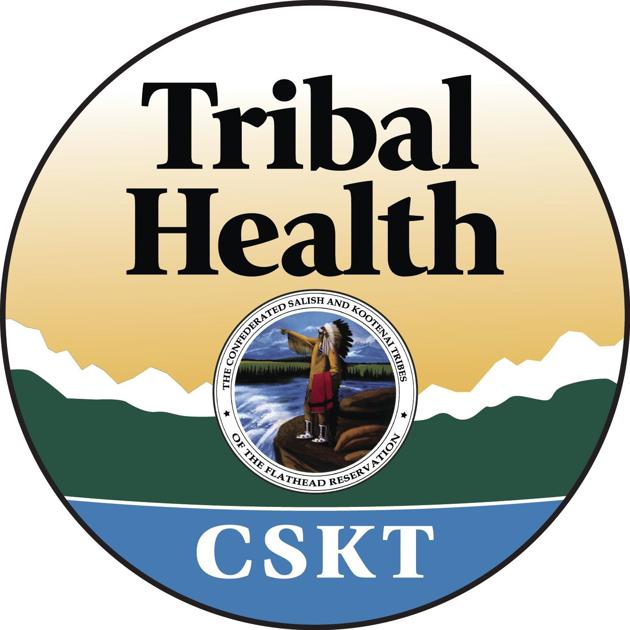Gonorrhea, syphilis increase concerns state, tribal health officials - Char-Koosta News

Tribal Health raises alert to Advisory
From Tribal Health Department and MT Department of Public Health and Human Services
MONTANA — Confederated Salish and Kootenai Tribes’ Health Department issues an Advisory alert in response to an increase of sexually transmitted diseases (STD) gonorrhea and syphilis.
Local and state health departments continue to receive reports of increased gonorrhea and syphilis activity. Gonorrhea activity continues to be elevated in Montana’s larger cities and in and around tribal communities, partially due to excellent screening efforts and increased overall testing in the state. Although syphilis activity has been elevated since 2016, the noticeable increase in recent gonorrhea cases is a significant public health concern.
The majority of recent primary and secondary syphilis have been males (83 percent), ages 18 to 68 years old. 54 percent of cases have been reported in high risk heterosexuals (HRH) that makes up the majority of our syphilis cases compared to 47 percent of cases in men who have sex with men (MSM).
The majority of gonorrhea cases are reported in 18-34 year olds, mostly in high-risk heterosexuals. Limited surveillance data suggests that nearly half of Gonorrhea Cases (GC) cases had sex while high or intoxicated and every fourth person indicated they had an anonymous partner. Many clients are diagnosed because they sought care due to symptoms, but every seventh person diagnosed was found due to screening or reported being asymptomatic.
What are gonorrhea and syphilis?
According to Mayoclinic.org gonorrhea is an infection caused by a sexually transmitted bacterium that can infect both males and females. Gonorrhea most often affects the urethra, rectum or throat. In females, gonorrhea can also infect the cervix.
Syphilis is a bacterial infection usually spread by sexual contact. The disease starts as a painless sore — typically on your genitals, rectum or mouth. Syphilis spreads from person to person via skin or mucous membrane contact with these sores. After the initial infection, the syphilis bacteria can remain inactive (dormant) in your body for decades before becoming active again. Without treatment, syphilis can severely damage your heart, brain or other organs, and can be life-threatening. Syphilis can also be passed from mothers to unborn children.
Following a similar nationwide trend, Montana is experiencing a significant increase in cases of gonorrhea and primary and secondary syphilis. Though the STD rates in Montana are still below national rates, the number of gonorrhea cases have increased by 27 percent compared to last year and are projected reach over 1,400 reports of GC in 2019.
The number of syphilis cases are projected to maintain a 3-year high compared to about 12 cases per years prior to 2017.
Clinicians and public health providers can address this public health concern by performing risk assessments on patients, and ensuring appropriate testing, treatment and reporting to public health authorities.
The following recommendations are from the Centers for Disease Control’s 2015 STD Treatment Guidelines:
Patient Assessment/Screening
Overview of STD testing recommendations:
• All adults and adolescents from ages 13 to 64 should be tested at least once for HIV.
• Annual chlamydia screening of all sexually active women younger than 25 years, as well as older women with risk factors such as new or multiple sex partners, or a sex partner who has a sexually transmitted infection
• Annual gonorrhea screening for all sexually active women younger than 25 years, as well as older women with risk factors such as new or multiple sex partners, or a sex partner who has a sexually transmitted infection.
• Syphilis, HIV, chlamydia, and hepatitis B screening for all pregnant women, and gonorrhea screening for at-risk pregnant women starting early in pregnancy, with repeat testing as needed, to protect the health of mothers and their infants.
• Screening at least once a year for syphilis, chlamydia, and gonorrhea for all sexually active gay, bisexual, and other men who have sex with men (MSM). MSM who have multiple or anonymous partners should be screened more frequently for STDs (i.e., at 3-to-6-month intervals).
• Anyone who has unsafe sex or shares injection drug equipment should get tested for HIV at least once a year. Sexually active gay and bisexual men may benefit from more frequent testing (e.g., every 3 to 6 months).
If tested positive for either STD, medical professionals can prescribe treatments for the disease. Clinical and serologic evaluation should be performed at 6 and 12 months after treatment; more frequent evaluation might be prudent if follow-up is uncertain or if repeat infection is a concern. Additional information can be found at http://www.cdc.gov/std/tg2015/syphilis.htm.
Additional Resources:
• Details regarding signs and symptoms, testing and treatment can be found in CDC’s 2015 STD Treatment Guidelines: https://www.cdc.gov/std/tg2015/
• Additional information regarding resources and Montana specific information can be found at: https://dphhs.mt.gov/publichealth/hivstd/stdprevention
https://ift.tt/2q7Z0AM


Comments
Post a Comment